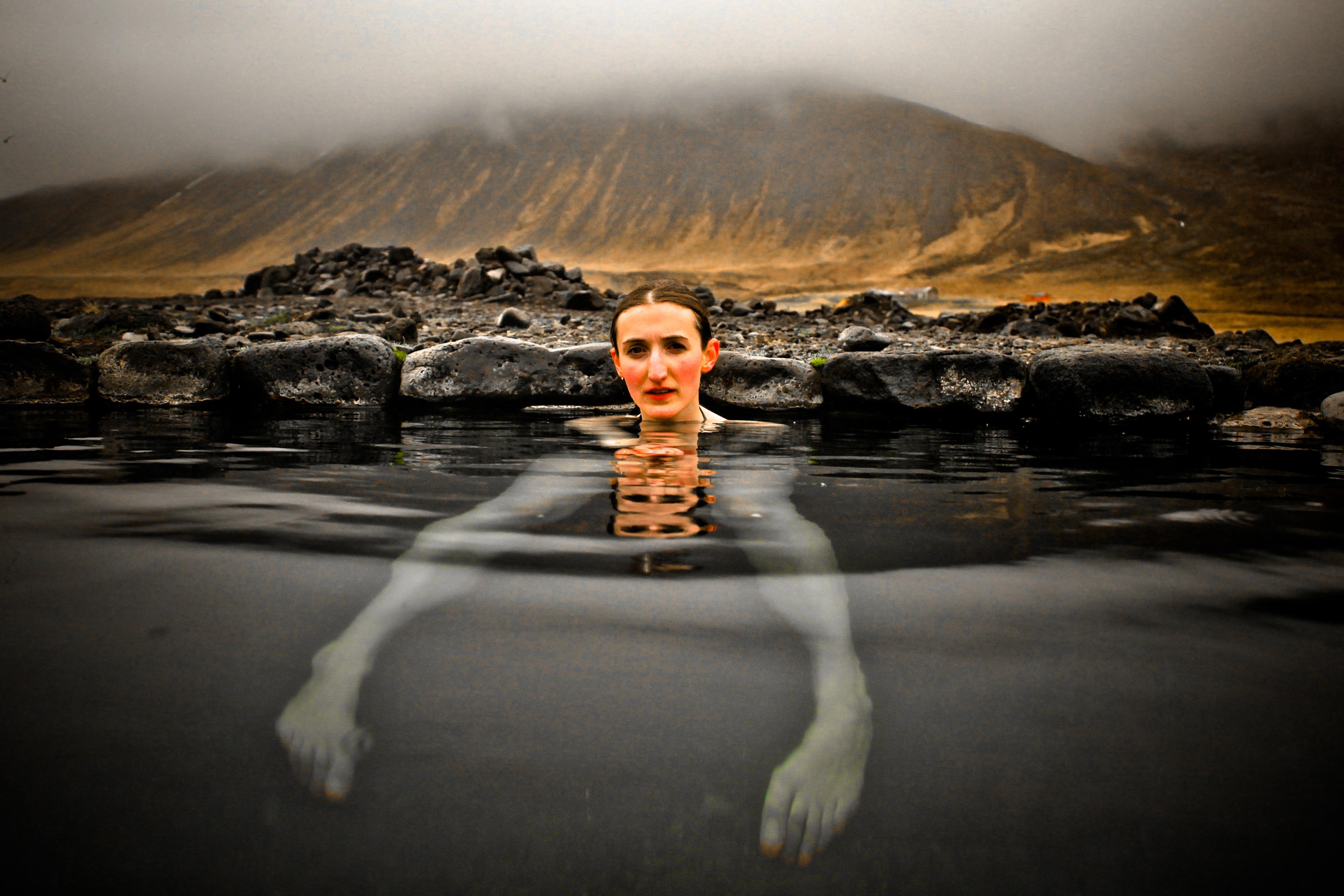In this charming, poetic documentary, Maria Piva, an Italian filmmaker based in London, follows her grandmother Angelina through a single, ordinary day, yet one punctuated by excursions into extraordinary flights of the imagination.
As Angelina goes about her daily routine, the objects and sensations that she encounters act as potent connections to her memories, which come vividly to life. The water she uses to wash mussels for lunch becomes seawater at the beach. And then, in reverse, the memory of a bike ride through the countryside becomes schematised and artificial, reconstructed as a cycle on a stationary bike in her living room in front of landscapes painted by her late husband Arnaldo, an artist. But it’s not so much that Angelina lives in the past, but rather that the past inhabits and animates her every moment, ‘unshackled from time forever’. Though the film conveys nostalgia and a sense of loss, there’s also joy, pleasure and comfort in finding that memories persist and that – as a voice from the radio puts it – ‘death doesn’t exist within art. Rather what exists is an ongoing legacy of the artist.’
In her essay on the power and meaning of daily rituals, Jay Griffiths writes:
Given half a chance, habits seem to want to augment themselves into ritual: embellish a habit with attention, stylise it slightly, and it will elbow its way into the domain of rites, until even a cup of tea can be ceremonious.
In deliberate, precisely framed shots, Piva applies this same attention to her grandmother’s daily habits, stylising them through her particular blend of live action and animation, to elevate these practices into rituals and ceremonies. And we sense that this filmic technique is a reflection of the care and attention that Angelina herself brings to bear on these habits, as she anoints herself with perfume or prepares a meal with care. Food, religious icons and the tools of Angelina’s beauty routine (hair rollers, a tube of lipstick) are granted equal care and importance, hinting at the talismanic value of each of these items in the rituals of daily life. And it is objects, too, that come to represent the welcome intrusions of memory into everyday moments, in the form of fishing lures that dance and dangle improbably around Angelina as she sits down to a fish lunch, or a choir of alarm clocks chiming to wake her up in the morning.
The precise, stylised framings of everyday items and tasks, alongside the staccato rhythm created by jump cuts, contrast with the more fluid and impressionistic style of Angelina’s daydreams. The film’s score, composed by Jarrah Hewes and mixed by Ed Rousseau, plays within a similar range, switching from soaring and ethereal to jazzy and playful, from chirruping birdsong to a mobile phone ringtone, evoking the space that Angelina inhabits between the real and surreal, past and present, quotidian life and the dreamscape.
As the day comes to a close, signalled through her careful evening rituals, Angelina drifts into another kind of dream, surreal yet also calming. By following the lead of this elegant, playful woman, the film seems to suggest that we too might cultivate our memories through rituals, daydreams and joyful reverie – if we let them live alongside us, they offer an enduring connection to loved ones lost, bringing comfort and a ludic spirit to life.
Written by Freya Howarth







